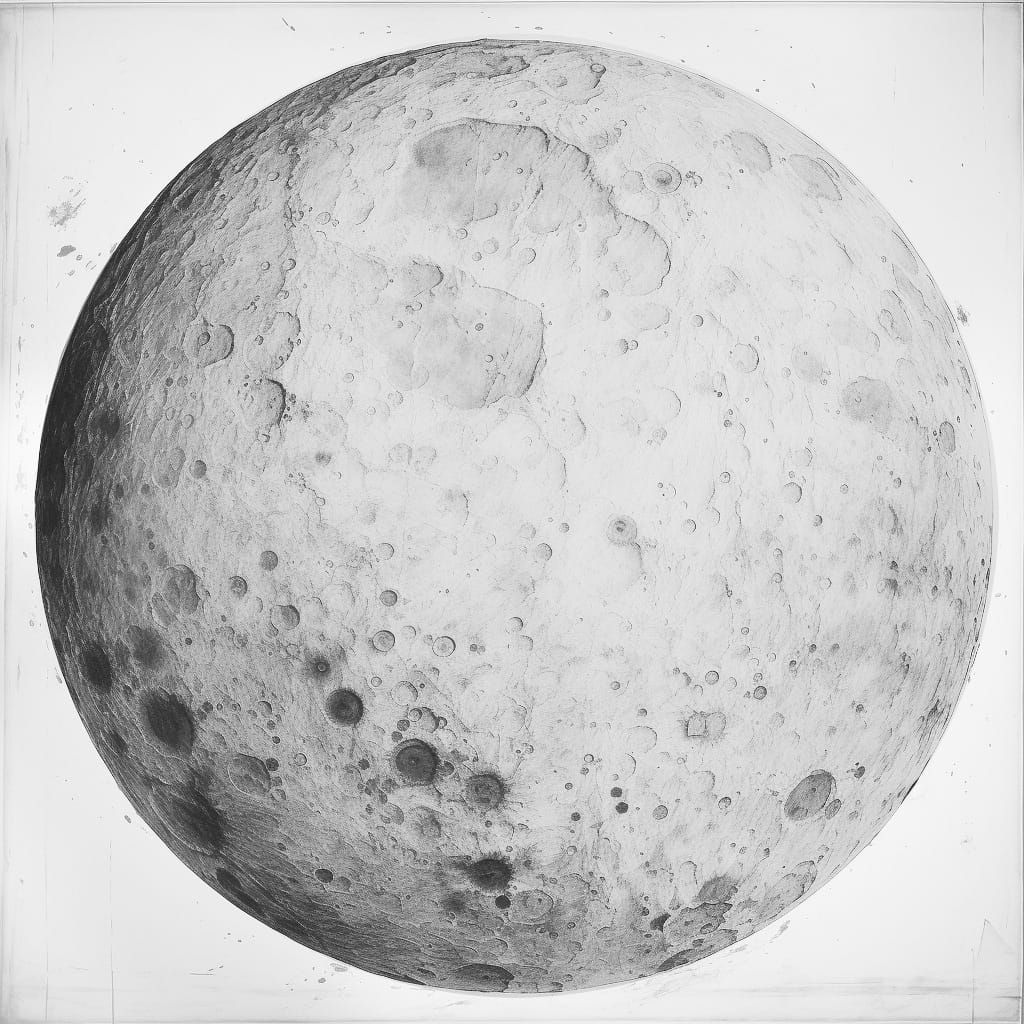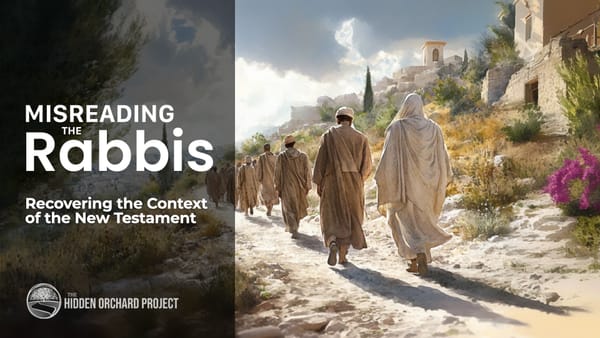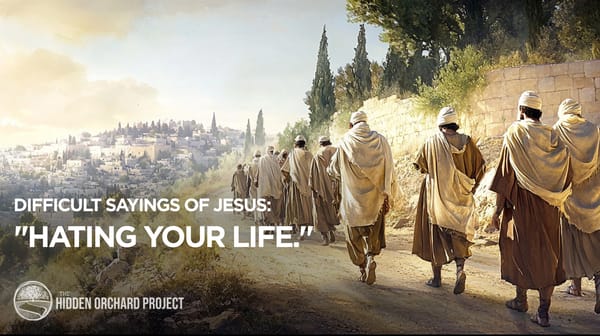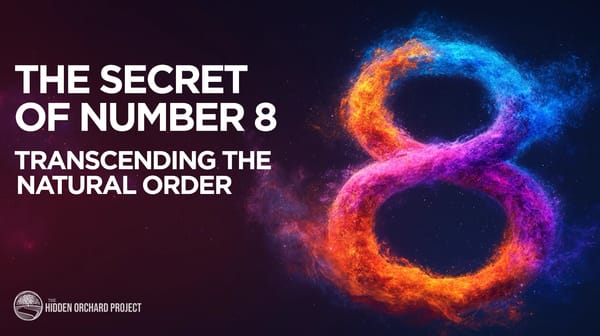The Light of the Moon
In an ancient Midrash, the moon approached the Creator, asking how it should find its place amid the sun's brightness. The Creator's instruction provides insight for us today as to how we might best fulfill our purpose in life.

For as long as humanity can remember, the moon's gentle glow has captivated us. Unlike the sun, an independent light source, the moon's brilliance is derived from reflecting the sunlight it receives. For this reason, the moon holds a special place as a symbol of humility and reflection in Jewish thought.
In the book of Genesis, “G_D made the two great lights... the greater light to rule the day, and the lesser light to rule the night.”¹. Thus, the Sages mused that the sun and moon were initially created nearly identical in size.
According to the Midrash, the moon approached the Creator, inquiring which sphere was the greater of the two. Paraphrasing the exchange in the Talmud², we read:
The moon approached the Creator and asked, "Master of the Universe, can two kings serve with one crown?"
To this, He replied, "Go and diminish yourself."
The moon said, "Master of the Universe, I spoke correctly in my question; must I diminish myself?"
The Creator said, "Go and rule during the day with the sun, and you can rule during the night."
Recognizing the problem, the moon asked, "What is the greatness of a candle in the middle of the day?"
Finally, The Creator replied, "Go, let the Jewish people count the days and years with you, and this will be your greatness."
Feminine and Masculine
On another dimension, the sun and moon model the masculine and feminine relationship between man and woman, particularly in marriage. In the structure of the sefirot³, the sun can represent Chesed, the active, outward flow of bestowal. The moon represents Gevurah, inwardness, and the nature of receiving.
When Adam and Eve were created, they existed in more of a balanced state⁴, understanding their respective roles and the importance of both. However, estrangement and imbalance became the new normal after the sin.
As G_D told them upon their expulsion from Eden, this would be the root of much abuse throughout history on the part of men. As is often the case, relational imbalances often give way to counter-movements.
Though perhaps well intended, counter-movements seeking to restore balance through competitive methodologies instead of cooperative often overshoot the mark, creating more imbalance.
This is the fate of any social movement that seeks to destroy the "other". If not based on a proper model, one that understands the importance of diversity, they are doomed to perpetuate the pendulum swing of power.
As a result of the sin of Adam, we live in a world of imbalance. The push and pull of the masculine (Chesed) and feminine (Gevurah) exists in everything and has a tendency to become lopsided at times. However, these imbalances will be corrected when restoration is realized. This is one meaning of the verse, "and the light of the moon will be like the light of the sun" - Isaiah 30:26
The Lesson for Us
Working backward through this discussion, we uncover many lessons.
- The Moon is vital to telling the seasons, particularly the beginning of each month, known as Rosh Chodesh. In this, we recognize the moon as a symbol of renewal and restoration.
For this reason, many Orthodox communities consider the new moon as a sort of small Yom Kippur, taking a moment to repent of the mistakes they made the prior month. - Though the moon is often visible during the day, the sun dominates most waking hours. Yet, nothing of the moon's existence is diminished. Though we cannot see it, we know it is present. Thus the greatness of the moon is that it need not shine the brightest to fulfill its place in the order of creation. So too, we do not always need the spotlight or a prominent seat to have fulfilled our role in life.
- Through its waxing and waning, the moon resembles another dimension of human nature and our winding path of spiritual growth. Though we have setbacks, we also have the chance to be whole again.
- When the moon approached the Creator, His words were measured and intentional. The Chasidic msters call attention to Creator's specific words, saying, "Go, and diminish yourself."
In this, we learn that the work of humility is an ongoing endeavor that we must develop in ourselves. Though we can - and often get help from the Creator - we understand humility works best when genuine and framed within a proper acceptance of our mission in life.
Notes:
¹ Genesis 1:16
² Chullin 60b
³ https://www.thehiddenorchard.com/understanding-the-sefirot/
⁴ Ramchal. Secrets of the Redemption. Discourse 2:3




